A Great Employee Experience Results in Growth for the Company

In the latest research by McKinsey*, a whopping 51% of GenAI workers are looking to exit the current company they are with.
Why?
Because they aren't getting what they need to be successful. This goes for any employee who lacks support to do their job well. And almost all employees WANT to do their job well.
2024 looks very different from previous years and with the current trends in the workplace focused on work-life balance, employee well-being and social connection, are you doing enough to embed the activities into an end-to-end holistic Employee Experience?
Answering these questions will be a good indicator of where you stand. Are you:
- Creating employee-centric strategies to position your company as choice for top talent?
- Building your employer brand to attract top talent even in highly competitive industries?
- Exploring work-life balance strategies that drive employee engagement and increase productivity?
- Using tech and automation to create a seamless experience for your employees?
- Creating a robust leadership feedback channel for employees to feel heard?
If you've said "NO" to any of these questions, you then you will have difficulty in maximizing your human capitals performance.
Let's start with creating employee-centric strategies, like Remote and Hybrid work models. Employees who work in a hybrid structure have the highest employee experience metrics, while employees who work five days in an office or on-site location have the lowest. (Qualtrics’ 2024 Employee Experience Report)
By allowing people to work when and where they want creates trust and respect, which is critical to the new generation of workers. A pay check is simply not enough.
What about building your employer brand...which is very different from your actual brand. And it starts with onboarding.
A new hire experience can and should be frictionless, easy and long term. Meaning on-boarding should last 12 months not 2 weeks. It is a critical part of the overall employee journey – one that sets the path of success for the employee. Organizations must create a roadmap with the important moments that matter in the employee journey, starting with the new hire experience and on-boarding. It’s no longer just about ticking the boxes on an on-boarding checklist.
What about work-life balance strategies, how are you supporting the new generation of employees? Work-life balance is a cornerstone of culture and in 2024, GEN Z will outnumber Baby Boomers, creating a shift in demographic wants and desires in the workplace.
Work-life balance is the most valued element of company culture by a wide margin for both employees and employers. 51% of employees and 47% of employers named work-life balance as the top priority in company culture, according to Forbes research.
Some organizations look to improve the employee experience by providing lifestyle coordinators that help employees take personal daily tasks and errands off their plates. Others are mandating leadership to set the example by taking mandatory PTO, while other organizations are creating "recharge" sessions for individuals. In these sessions they can follow a guided meditate, listen to music or just breathe without distractions for 15-30 minutes in the afternoon to provide the much needed rest for employees to perform at their best.
How automated is your Employee Experience? Are your systems separate and disparate? This is one of the areas CHRO's are focused on and should be. Employees who don't feel supported will leave in the first 6 months of their new job.
A digital roadmap with automated solutions, including AI is mandatory for companies now, even small companies. The new generation is comfortable with using online portals to get what they need, but if information is all over the place and they have to reach out to an HRM, that creates frustration. There is a direct link between how automated systems are and employee satisfaction, according to the Qualtrics report.
If you can't do it yourself, hire an expert to build out the employee experience and link the activities and systems together.
And finally, leadership feedback, or in most companies, lack thereof. How do you know what the employees think of the leadership? What leaders are inspiring, which ones are intimidating. This is a direct reflection of your culture. Culture is bad? Look to leadership.
We recommend a program using Employee Satisfaction surveys by Well-IQ. It's easy to use and delivers exactly what you need to coach leaders and drive better performance from your employees. We know satisfied employees result in satisfied customers which ultimately results in better revenue.
Have questions about any of the above? Contact us for a call.
